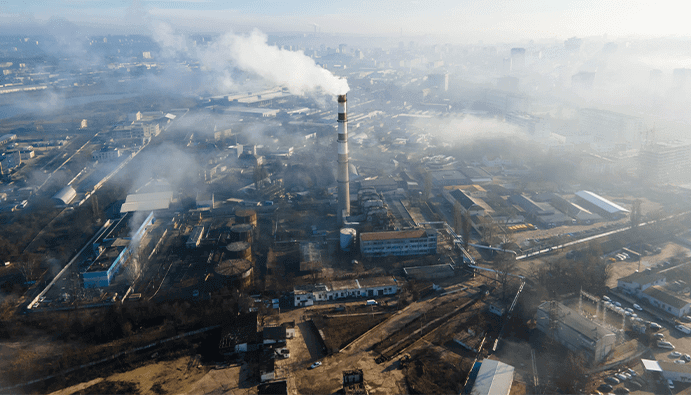
BLOG
KATEGORİDEKİ DİĞER YAZILAR

The purpose of the flue gas analyzes is to determine the completeness of the combustion of carbon in the fuel and the amount and distribution of heat losses caused by incomplete combustion. In these analyzes, carbon dioxide, oxygen and carbon monoxide ratios are determined.
Monitoring flue gases in a boiler or burner is ecologically and economically very important. Analyzing flue gases means reduced fuel costs and higher efficiency. The equipment used to monitor flue gases ranges from simple handheld devices to installed oxygen sensors and elaborate equipment.
Oxygen (O₂): Oxygen is a gas in the air that is critical for life. In industrial plants, oxygen determination is carried out specifically to assess the efficiency of combustion processes and to verify that the system is working properly. Ensuring sufficient oxygen ensures that the combustion process is complete and prevents the formation of toxic gases.
Carbon monoxide (CO): Carbon monoxide is a colorless, odorless and toxic gas that occurs when incomplete combustion does not occur. High levels of CO in flue gases in industrial plants are indicative of an inefficient combustion process and can be harmful to the environment. Carbon monoxide can cause serious health problems when inhaled into the body.
Oxygen (O₂) Determination:
Carbon Monoxide (CO) Determination:
Combustion flue gas analysis has been used for years as a method of optimizing fuel and air ratios. By measuring the amount of excess oxygen and carbon monoxide in the flue gases from combustion, the best heat efficiency is achieved and systems can operate with the lowest nitrogen oxides and produce the least amount of greenhouse gases. The theoretical ideal situation is that all the fuel reacts with the available oxygen in the combustion air, leaving no fuel or oxygen. To ensure complete combustion of the fuel used, excess air is fed into the combustion chambers. The excess air increases the amount of oxygen and the probability that all the fuel will burn.
Carbon dioxide is a product of combustion and its amount in the flue gas is an important indicator of combustion efficiency. The optimum carbon dioxide content after combustion is about 10 percent for natural gas and about 13 percent for lighter fuels.
Nanolab Laboratories Group continues to provide services within the scope of Flue Gas Emission Measurement: Oxygen (O2) and Carbon Monoxide (CO) Determination. We also provide services in Emission - Imission Measurements.
Contact us for more information.
You can follow us on LinkedIn for up-to-date news and posts about our services.
Follow our Instagram account to be informed about our latest blog posts.